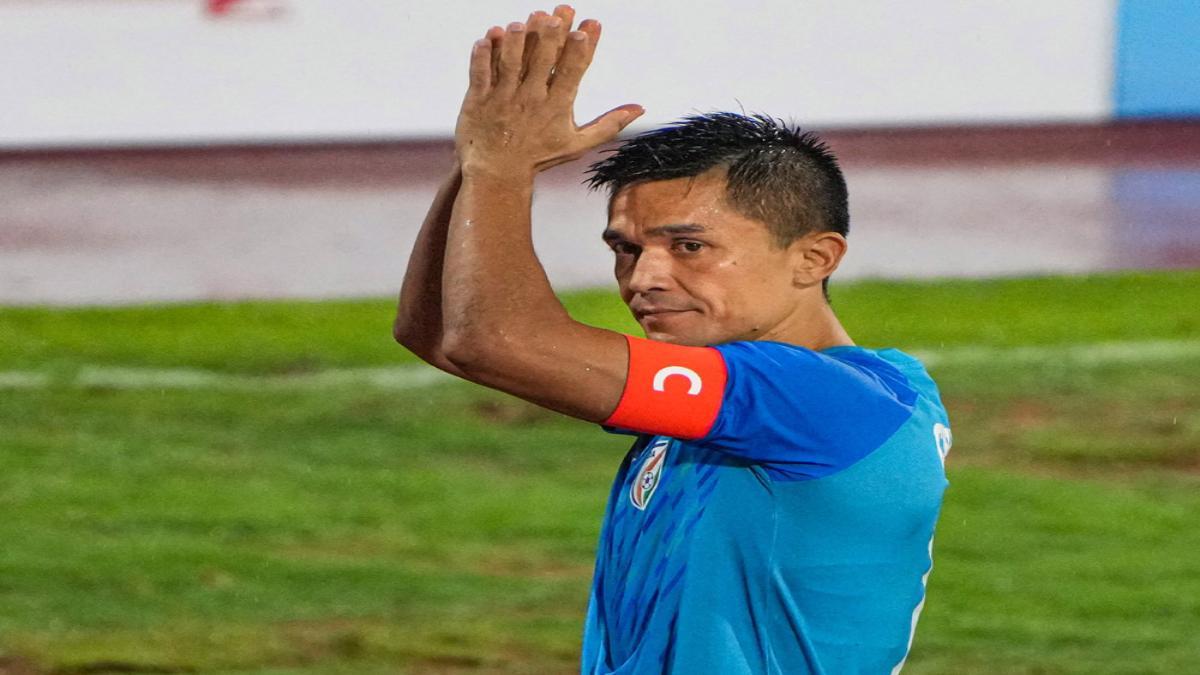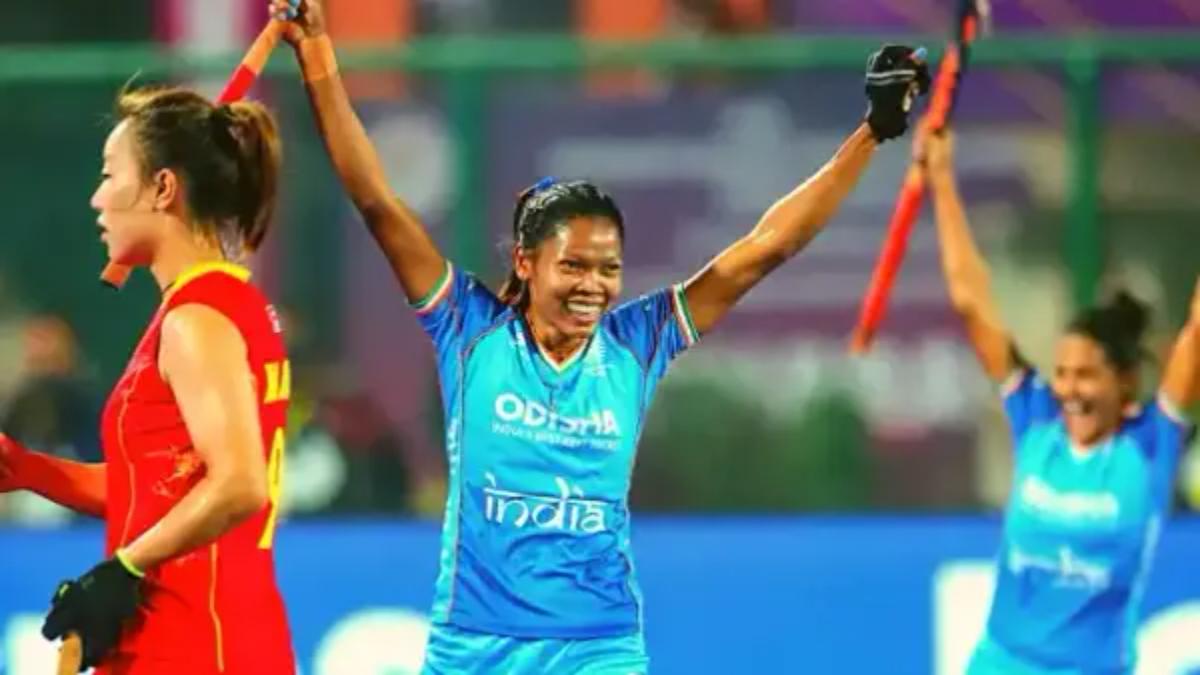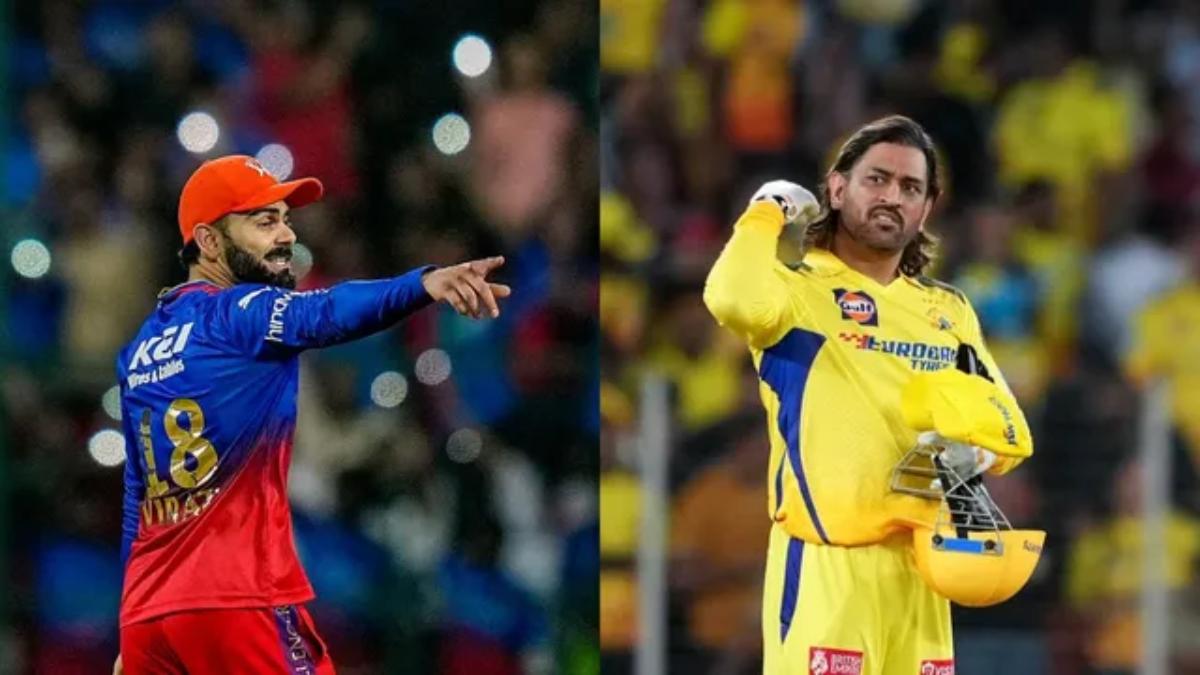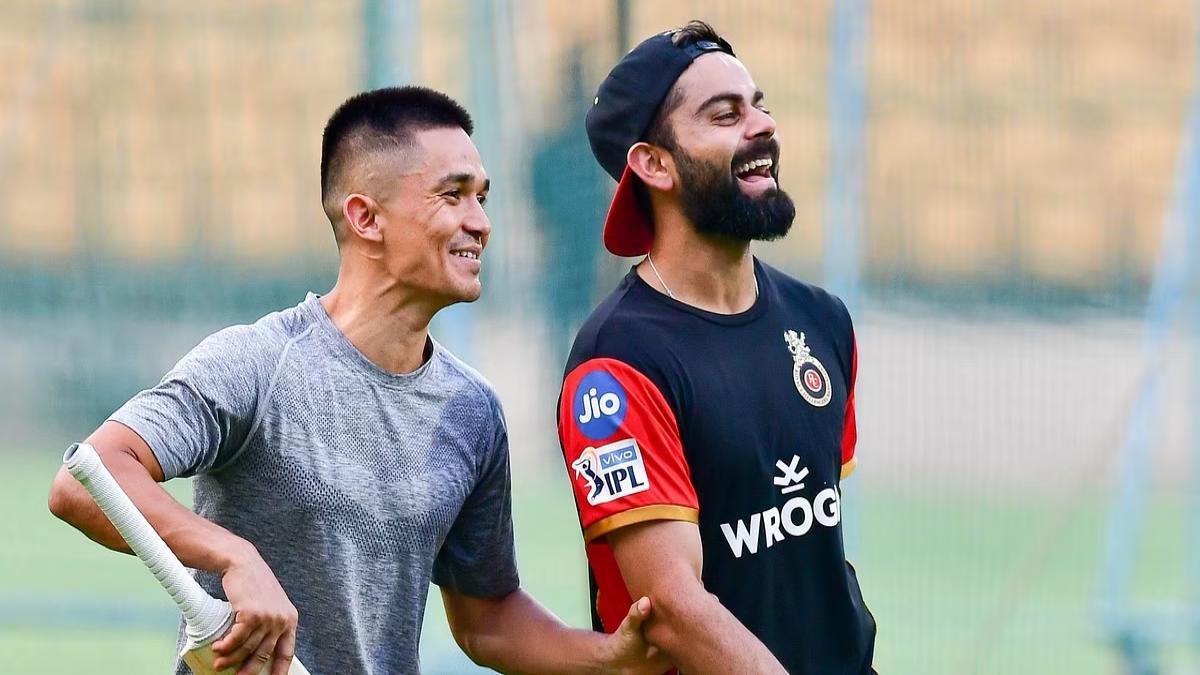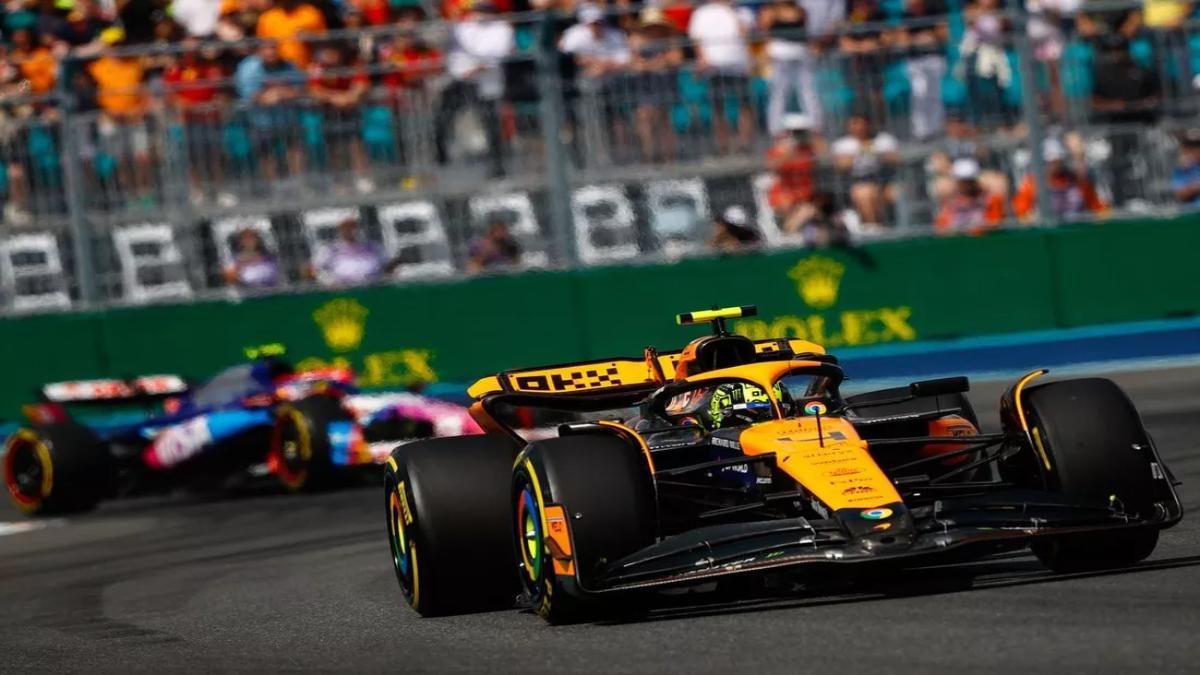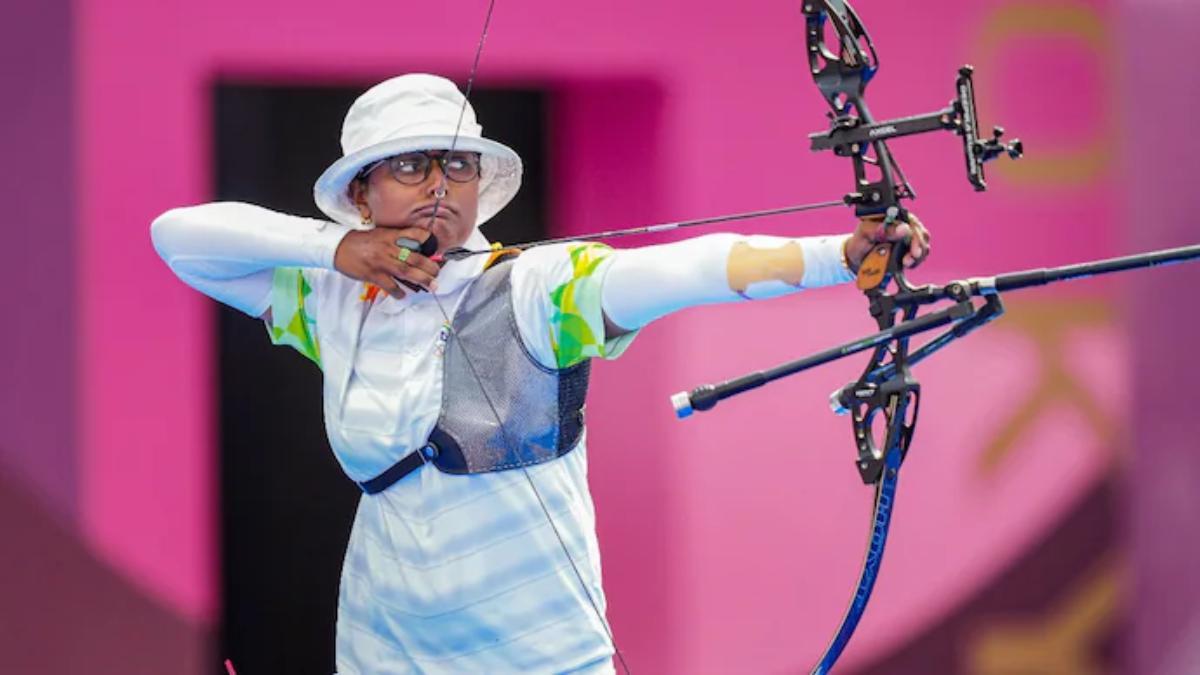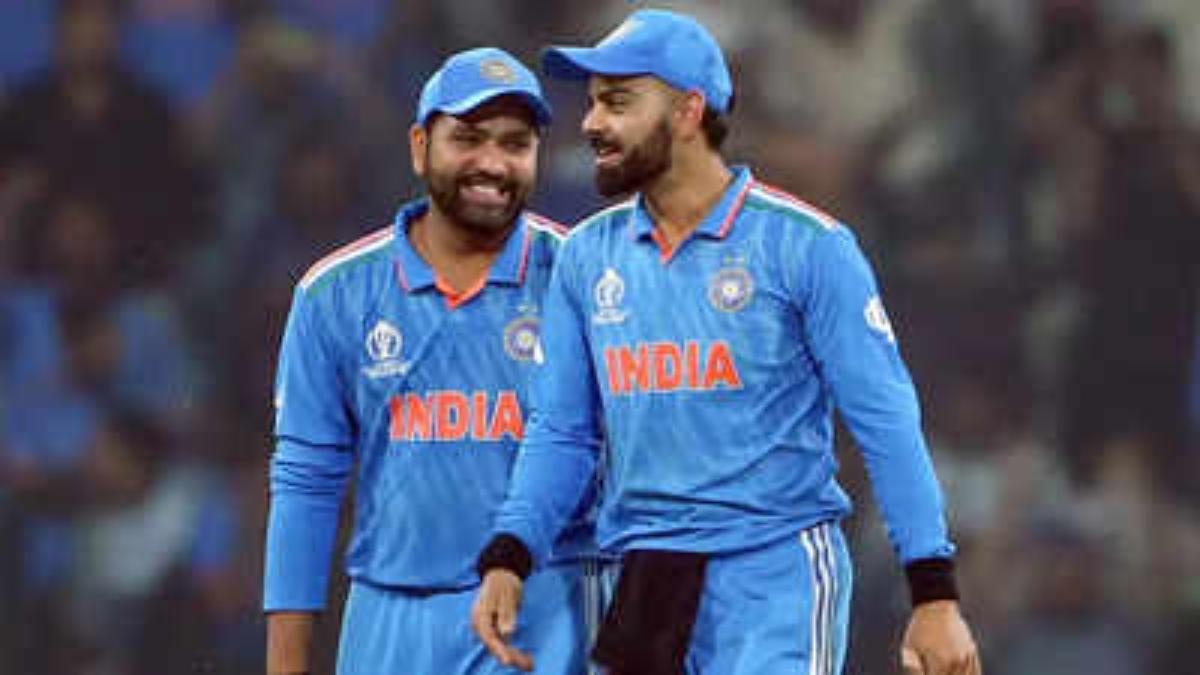(Cricket News) Taking a bold gamble would involve placing your bet on India reaching the World Cup semifinals. Beyond that, if national bias doesn’t influence your betting expertise, it would require a person with great courage to select this team as the potential winner. To surpass that stage, it would necessitate inspired leadership from Rohit Sharma, coupled with astute decision-making in selecting the playing XI on match days. For a tournament that will determine their legacy, both Rohit and Rahul Dravid have their work cut out for them in what promises to be a highly demanding World Cup campaign.
If they achieve this feat, they will be remembered as exceptional leaders; if not, it won’t come as a surprise. When the World Cup venues for India’s matches were unveiled, a discernible pattern emerged—each venue appeared to favor slow, spin-friendly pitches, meticulously chosen to neutralize their opponents’ strengths, resembling a strategy akin to Chennai Super Kings (CSK). Australia would be challenged in Chennai, England would face a turning wicket in Lucknow, South Africa would encounter sluggish conditions in Kolkata, Pakistan would contend with a pitch conducive to pace and spin in Ahmedabad, and Sri Lanka would face conditions akin to the 2011 World Cup final in Paata. The opponents’ strengths seemed to be countered by India’s strengths, or so it seemed. However, this strategy has not quite played out as expected.
In line with the ongoing trend of cautious planning and a lack of bold decisions, compounded by injuries and concerns about team balance, India has assembled a squad that falls somewhere in between. What is evident in the selection is an undercurrent of fear and uncertainty.
What if our lower-order batsmen, from No. 8 to No. 11, fail to contribute those crucial 20 runs? What if our spinner, whether it’s R Ashwin or the leg-spinner Yuzvendra Chahal, gets hit for runs and fails with the bat? What if the top three batsmen falter? What if the opposition spinners, like Adam Zampa or Rashid Khan, outperform Indian spinners? What if Jasprit Bumrah doesn’t find his best form and can’t sustain it over a two-month tournament? What if the middle-order fails to deliver? To address these nagging concerns, India has resorted to patching up potential weak spots with makeshift solutions. They have included Shardul Thakur in the hope that he can fill the all-rounder role, akin to Mitch Marsh. They’ve brought in Axar Patel, hoping he can contain opposition batsmen with his bowling while contributing with the bat. The selection appears driven more by apprehension than a well-thought-out plan.
When Suryakumar Yadav couldn’t perform at No. 4 or No. 5, the idea of having a left-handed option was only considered as a last resort, leading to the inclusion of Ishan Kishan. Despite Ishan’s success against Pakistan in the Asia Cup, it’s likely that Dravid isn’t entirely at ease. He might share Sunil Gavaskar’s perspective on how that partnership was a result of flawed captaincy by Babar Azam, who kept pacers out of the attack for an extended period.
It’s as though the initial plan of selecting specific pitches had dissipated rather quickly. That plan had some rationale behind it. If India, with an imbalanced squad, aimed for success, they likely believed it was best to focus on spin-friendly pitches and have the best spinners on board, following the CSK model they’ve seen for years. However, they lacked the confidence to stick with this approach. They withdrew Ashwin and Chahal from contention, possibly due to concerns about the team’s batting depth.
Now, the responsibility for taking crucial wickets in the middle overs rests primarily on Kuldeep Yadav, while critical runs from the lower order hinge on Hardik Pandya. If Kuldeep struggles, they will hope that Bumrah or Shami can deliver a remarkable spell against the odds, or that Shardul can provide a breakthrough with his knack for breaking partnerships. If Pandya doesn’t contribute with the bat, the hope lies in Jadeja fulfilling that role. Even their recent games don’t make it clear if India is confident enough to field both Shami and Bumrah together or if the fear of a weak batting lineup will compel them to separate the two.
The selections seem to lack conviction in several aspects. The Umran Malik experiment never gained momentum due to a lack of trust, and the punt on spinners easily crumbled. There are few surprises here. Leading up to the T20 World Cup in Australia, some players like Deepak Hooda and Venkatesh Iyer were included and quickly discarded, leaving questions about why they were chosen in the first place and wasted valuable opportunities in the build-up. It’s puzzling that while most successful teams opted for a leg spinner, India chose to bench Chahal and play Harshal Patel, who appeared unsuitable for Australian conditions. Such moves are perplexing; they’ve taken risks on odd choices destined for failure but lack the courage to take similar gambles on potentially better options like Chahal, especially in that T20 World Cup.
If the T20 World Cup campaign was marked by messy experimentation, this ODI World Cup appears to be driven by nervous hope. The chosen paths have been closed off, and the timing of these decisions reveals a story. If there had to be a choice between including Ashwin in a T20 tournament in Australia or an ODI competition in India, the decision would seem clear to most, but not to the team.
The team management likely views these decisions as prudent. They still have concerns about how their pacers, Bumrah and Shami, will endure a two-month grueling tournament that involves traveling across the country due to the choice of venues. There’s a genuine worry about runs from the lower order. Rishabh Pant’s injury, along with concerns about the fitness of KL Rahul and Shreyas Iyer, who seemed to have solved the No.4 problem before his injury, and Bumrah’s back issue—all factors contribute to their anxiety. With their concerns about lower-order runs and a lack of confidence in the middle order, they’ve tinkered with both their batting and bowling line-ups. However, makeshift solutions can’t be relied upon. If India manages to win the World Cup, it will likely come down to Captain Rohit Sharma making masterful moves, aided by some luck and the determination of his chosen players.
Also Read: Pakistan treated us well, went out of the way to make us comfortable: BCCI President Binny




